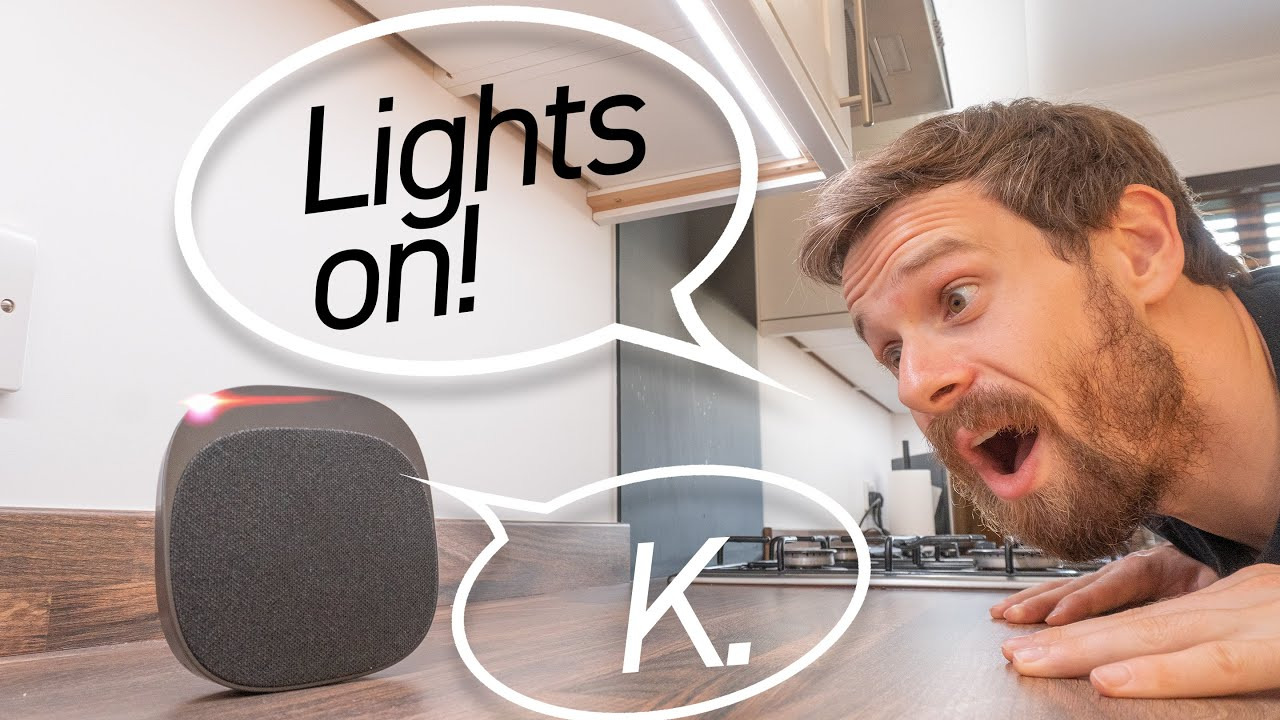In recent years, voice-activated assistants have gained significant popularity and have become an integral part of many households. These intelligent virtual companions, powered by artificial intelligence (AI), are transforming the concept of smart houses. With their ability to understand and respond to human commands, they have revolutionized the way we interact with our homes and the devices within them. This article explores the rise of voice-activated assistants and their transformative impact on smart houses.
Introduction to Voice-Activated Assistants

Voice-activated assistants, such as Amazon’s Alexa, Google Assistant, and Apple’s Siri, are AI-driven technologies designed to perform tasks and provide information based on voice commands. They utilize natural language processing and machine learning algorithms to understand spoken instructions and respond accordingly. The convenience and ease of use offered by these assistants have contributed to their increasing popularity. By the way, smart home devices from ismartgate are usually equipped with voice assistance.
Integration with Smart Home Devices
One of the key ways voice-activated assistants are transforming smart houses is through seamless integration with a wide range of smart home devices. From thermostats and lighting systems to security cameras and entertainment systems, these assistants can control and manage various aspects of a smart home with simple voice commands. For example, users can adjust the temperature, dim the lights, lock doors, or play music, all without lifting a finger.
Voice-Activated Assistants as Home Controllers

Voice-activated assistants have evolved to become central hubs for smart homes. They can connect and communicate with multiple devices and act as home controllers. By linking different smart devices through the assistant, users can create customized routines and automate various tasks. For instance, a simple command like “Goodnight” can trigger a series of actions, such as turning off lights, locking doors, and setting the alarm system.
Enhanced Convenience and Accessibility
Voice-activated assistants have significantly enhanced convenience and accessibility within smart houses. With voice commands, users can perform tasks hands-free, allowing for multitasking and increased productivity. Whether it’s cooking in the kitchen or getting ready in the morning, users can control their smart devices without interrupting their activities. Moreover, these assistants enable accessibility for individuals with mobility challenges, providing them with greater independence and control over their environment.
Personalized User Experience
Another notable aspect of voice-activated assistants is their ability to provide a personalized user experience. These assistants can recognize individual voices and tailor responses and recommendations based on user preferences and previous interactions. By learning from user behavior and preferences, they can offer personalized suggestions, such as recommending movies, suggesting recipes, or providing updates on favorite sports teams. This level of customization enhances the overall user experience and fosters a sense of engagement and familiarity.
Expansion of Skills and Capabilities

As the popularity of voice-activated assistants continues to grow, so does their repertoire of skills and capabilities. Developers are constantly creating new voice applications, or “skills,” that expand the functionality of these assistants. Users can enable skills to perform specific tasks, such as ordering food, requesting a ride, or checking the weather forecast. The ever-expanding range of skills ensures that voice-activated assistants remain versatile and adaptable to evolving user needs.
Privacy and Security Concerns
While voice-activated assistants offer numerous benefits, they also raise privacy and security concerns. Since these devices are constantly listening for voice commands, there is potential for unintentional recordings and data breaches. Manufacturers have made efforts to address these concerns by implementing privacy features, such as mute buttons and encrypted communication. It is essential for users to understand and manage the privacy settings of their voice-activated assistants to ensure the security of their personal information.
In conclusion, voice-activated assistants have revolutionized the concept of smart houses. Their seamless integration with smart devices, ability to act as home controllers, enhanced convenience and accessibility, personalized user experience, expanding skills, and capabilities have transformed the way we interact with our homes. As these assistants continue to evolve, it is important for users to balance the benefits they offer with the need for privacy and security. The rise of voice-activated assistants has undoubtedly paved the way for a more intelligent and connected future for smart houses.
